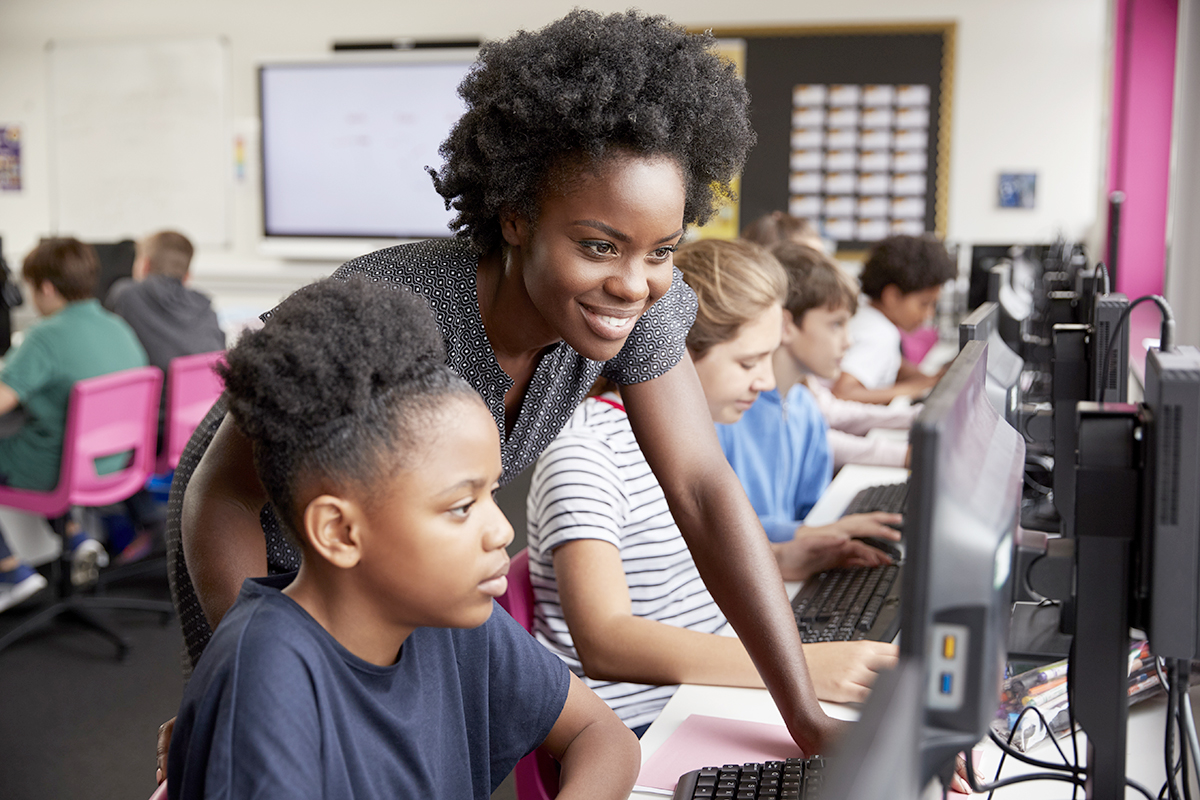Decades of research has linked strong inclusionary practices to higher test scores and grade point averages, stronger math and literacy skills, and more developed communication and social skills among students with disabilities. Long-term benefits include an increased likelihood of enrolling in college and graduating, finding employment and forming long-term relationships.
Such outcomes are critical for the millions of students and families served each year by public schools. Some local educational agencies like Murrieta Valley Unified School District have been getting creative in how they meet the accommodation needs of students to best include them in academics and extracurricular activities. One area in particular in which the district excels is athletics.
Special Olympics
The Special Olympics provides opportunities for those with intellectual disabilities to participate in individual and team sports that provide meaningful training and competition. At the K-12 level, Special Olympics events emphasize social inclusion by building relationships and understanding among young people with and without intellectual disabilities.
In Murrieta Valley, general education students from local middle and high schools participate in Special Olympics activities, explained Superintendent Ward Andrus.
“One of really the nice parts about the Special Olympics and having general education students join in that effort is that lots of times, when the school hosts a Special Olympics, the host school has other staff members go out and volunteer to run the event,” Andrus said, noting how this participation helps to further integrate the student body and improve campus culture.
Unified sports
Unified physical education and sports programs pair students with intellectual disabilities, such as Down syndrome or autism, with general education peers on teams or in classes, with teams following normal competitive interscholastic regulations for their sports. The programs are led by coaches trained in both athletics and universal access for special education.
Unified sporting games and events are competitive and provide youth an opportunity to follow the rules of the sport, work toward a common goal and overcome adversity without the win-at-all-cost mentality present in many high school-level sports.
A 2021 study in the American Educational Research Journal found that schools that implemented Unified sports and their related leadership and engagement programs saw a 1.4 percentage point increase in graduation rates for students with disabilities (as well as a 1.1 percentage-point bump up in graduation rates for all students) compared to schools that did not implement Unified sports.
In 2021–22, there were nearly 20 different Unified sports offered in districts across the country, according to the National Federation of State High School Associations. Some of the most common include softball, basketball, cheer, bowling, tennis and track and field. In Murrieta Valley USD, flag football is a popular choice among athletes.
Unified sports has opened up countless opportunities for students with disabilities, said Murrieta Valley board member Linda Lunn. “These are students who, except for one day a year at Special Olympics, didn’t get to participate in ongoing athletics. They had no opportunity to letter, which is considered a normal part of high school life — that you could letter in something, whether it was a speech team or football or choir. Now they can letter in athletics,” she said.
As early as 2013, the district’s Sparkle Cheer program provided students with disabilities an opportunity to participate in cheer at the high school level. “Last year, we had two cheerleaders who had Down syndrome and they were full-on varsity cheerleaders and did everything with the cheer team,” Lunn said. “And people would come to football games and say, ‘Oh, that’s neat. That’s different. How did that work out?’ And we were like, ‘Well, that’s Tuesday!’ It’s not new and different. It’s just the way we roll.”
Athletics aren’t the only area in which Murrieta Valley USD goes above and beyond to include students with disabilities. After seeing success in its Unified PE programming, the district began rolling out Unified academic and extracurricular courses in which general and special education students are co-taught in the same classroom, as well as peer mentoring.
Learn more about these and other district and county office of education efforts to boost inclusion in the upcoming summer issue of California Schools.





